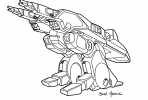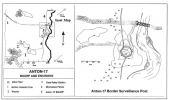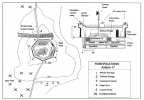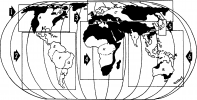Psychie
Princess Psychie
Maps, mecha and equipment will go here.
Follow along with the video below to see how to install our site as a web app on your home screen.

Note: This feature currently requires accessing the site using the built-in Safari browser.








